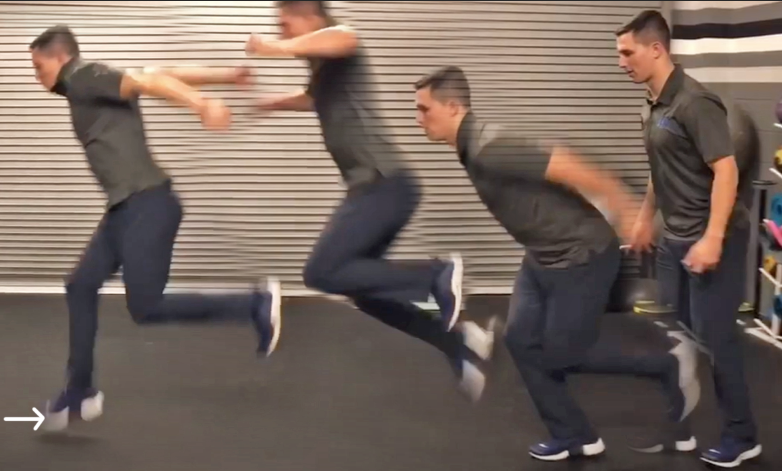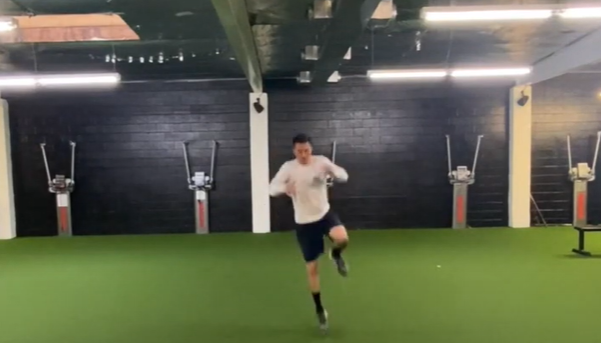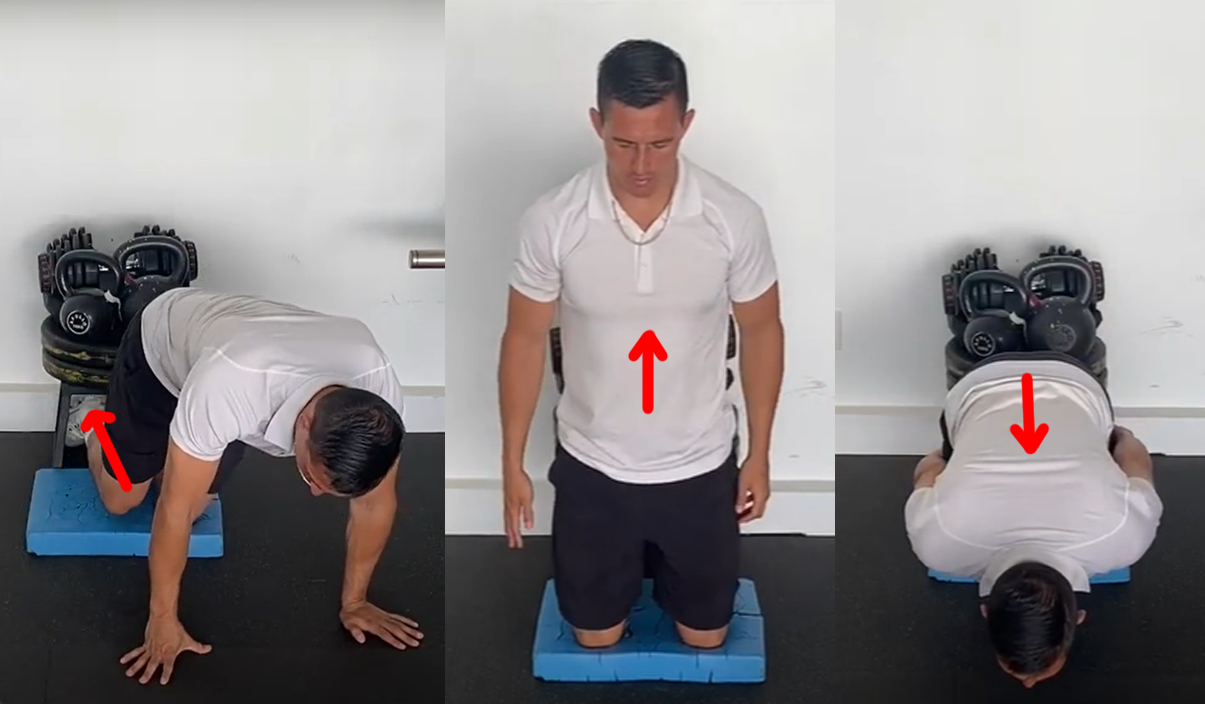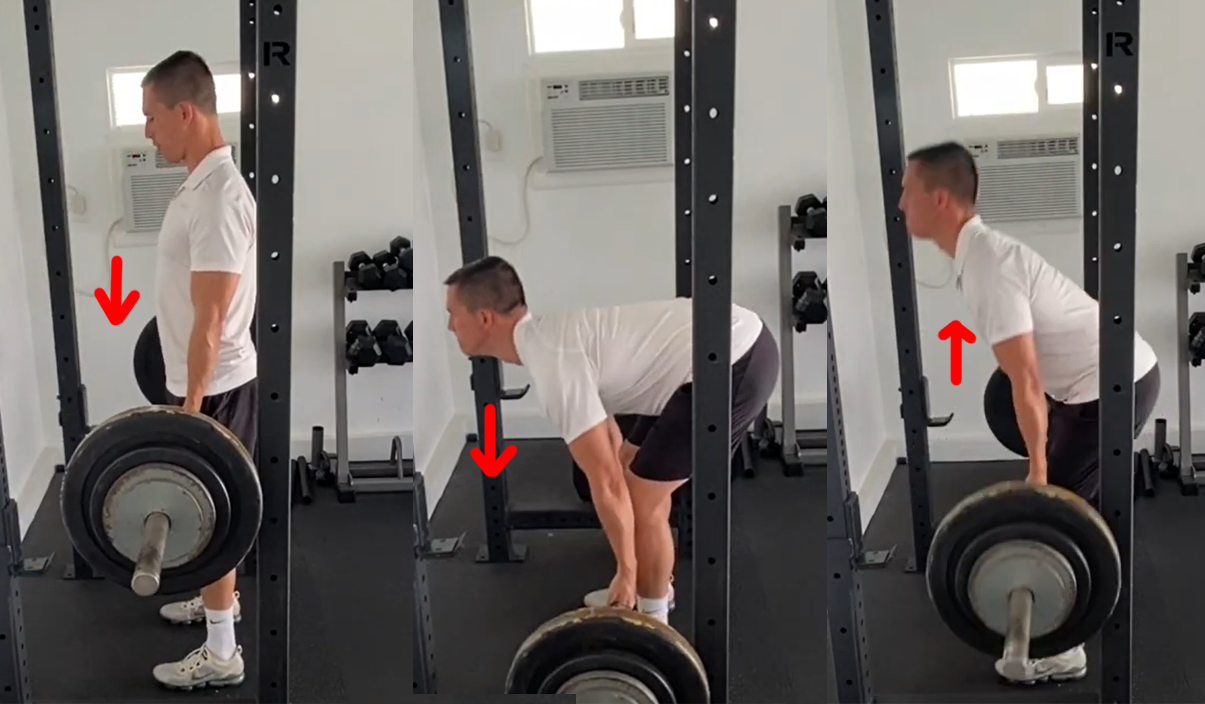Proven Workouts For Speed Training
May 24, 2024
Speed endurance training involves improving your overall athleticism, which includes enhancing your strength, power, agility, cardiovascular fitness, and sprinting form. For athletes looking to excel in their chosen sport, it’s essential to incorporate speed training as a fundamental component of their training regimen.
Speed workouts help enhance your ability to move faster by targeting the various factors that contribute to speed, including stride length, stride frequency, power production, and neuromuscular coordination. Here are some of the best exercises to improve speed:
1. Hill Sprint Workouts for Speed Training
When you run uphill, you naturally adopt a more upright posture, engage your core, and take shorter, more powerful strides. Hill sprint workouts typically involve a combination of slower pace (recovery or rest intervals) and faster pace (sprinting or high-intensity intervals).
This encourages better running mechanics, which can carry over to your flat-ground running. You become more efficient at driving your knees, achieving full hip extension, and maintaining proper form while running, all of which contribute to increased speed.
Running workouts like hill sprints are an excellent way to challenge your body and enhance your running speed and power.
To incorporate hill sprint into your training routine effectively, find a hill with a moderate to steep incline and perform short, high-intensity sprints. Start with a few repetitions and gradually increase the number as your fitness improves. Be sure to warm up thoroughly and cool down after your hill sprints to prevent injury.
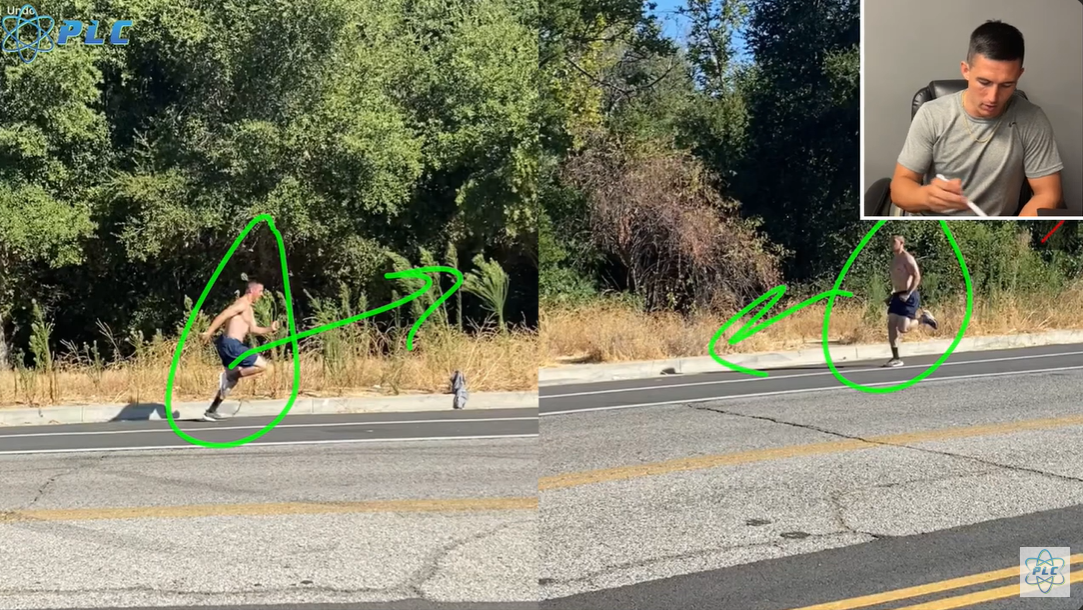 Hill Sprint Technique Uphill & Downhill To Run Faster
Hill Sprint Technique Uphill & Downhill To Run Faster
2. Plyometric Exercises for Speed Training
Plyometric exercises involve explosive movements that increase muscular strength, force production, and speed. These are highly effective for creating explosive speed because they target the development of explosive power, which is crucial for sprinting and other activities that require rapid acceleration and speed training.
Additionally, these exercises help muscle fibers by specifically targeting and enhancing the function of fast-twitch muscle fibers. Here are some plyometric exercises that specifically benefit running speed:
Single Leg Broad Jumps
Single-leg broad jumps are a plyometric exercise that involves jumping as far as possible with one leg while maintaining balance and control.
To perform a single leg broad jump, begin by standing on one leg, keeping a slight bend in the knee of the supporting leg. Swing your arms backward to create momentum, and explosively push off the supporting leg, extending your hip, knee, and ankle.
Jump forward and reach with your arms to generate more power, then land on the same leg you jumped off, focusing on a soft landing to absorb the impact.
When you’re going through jumps, make sure that you’re landing with the balls of your feet, and spend the least amount of time as possible in the ground.
Tuck Jumps
Tuck jumps require a coordinated effort from both your upper and lower body. The motion of bringing your knees up towards your chest while jumping challenges your neuromuscular coordination, improving the connection between your nervous system and your muscles.
This enhanced coordination can lead to more efficient running mechanics and better overall speed. To do a tuck jump, start with your feet hip-width apart. Perform a quick squat and then jump as high as possible. While in the air, bring your knees up towards your chest, tucking them. Land softly and immediately go into the next tuck jump.
Ankle Jumps/Bounces
Ankle jumps or ankle bounces are a plyometric exercise that can be beneficial for improving running speed when incorporated into a comprehensive training program.
Ankle bounces primarily target the calf muscles (gastrocnemius and soleus). Strengthening these muscles is crucial for running, as they play a significant role in propelling you forward by pushing off the ground with each stride. Stronger calf muscles can generate more power during the push-off phase, due to robust speed training.
To do an ankle jump, stand with your feet close together and bounce on your toes, keeping your heels off the ground. Gradually increase the intensity and duration as your fitness improves. Maintain good form, landing softly on the balls of your feet, and minimizing ground contact time.
Like all plyometric workouts, good form, and adequate rest between sets are crucial to prevent injury.
3. Hamstring Exercises for Speed Training
Hamstring exercises play a significant role to increase speed. Strong hamstrings help stabilize your knee joint during the running motion, and this stability can prevent injuries and ensure that energy is directed toward moving forward rather than wasted on compensatory movements.
Incorporate hamstring exercises into your strength training routine to build strength and power in these crucial muscles. Strong and well-conditioned hamstrings contribute to better sprinting mechanics, faster acceleration, and overall improved running speed.
Nordic Hamstring Curls
Nordic hamstring curls are a highly effective exercise for building eccentric hamstring strength, which is crucial for deceleration and preventing injuries.
To perform this exercise, kneel on a soft surface with your feet anchored by a partner or under a sturdy object. Slowly lower your upper body forward while maintaining control, then use your hamstrings to return to the starting position.
Romanian Deadlift (RDL)
The Romanian Deadlift (RDL) is one of the strength exercises that targets several major muscle groups, including the hamstrings, glutes, lower back, and even the upper back and core.
To do a Romanian Deadlift, stand with your feet hip-width apart, holding a barbell or dumbbells in front of your thighs. Keep your back straight and hinge at your hips, lowering the weight down your legs. Lower the weight as far as your flexibility allows while maintaining a flat back. Return to the starting position by extending your hips and standing up.
Strength exercises like RDL also contributes to other aspects of fitness, such as muscle hypertrophy (size) and muscle endurance.
Remember to warm up thoroughly before any speed workout, cool down afterward, and incorporate rest days into your training schedule for recovery time.
It’s also essential to maintain proper nutrition, hydration, and sleep to support your speed development. To minimize injury risk and enhance the effectiveness of your training program, consider consulting a coach or trainer who can offer customized guidance and feedback aligned with your individual needs and objectives.
Other activities that help improve running performance:
Tempo Workouts
Tempo runs are a staple in the training programs of distance runners, including middle-distance and long-distance runners. It is designed to help you increase your anaerobic threshold, which, in turn, allows you to sustain a faster pace for longer periods.
To begin, start with a warm-up consisting of easy jogging or dynamic stretching to prepare your muscles and joints for the workout. This phase usually lasts about 10-15 minutes. Then perform a tempo run, where you’ll run at a pace that is comfortably hard but sustainable.
The tempo pace is typically around 80-90% of your maximum effort or around your anaerobic threshold pace. You should be able to carry on a conversation but with some effort.
After completing the tempo portion, finish the workout with a cool-down, which involves easy jogging or walking to gradually lower your heart rate and help with recovery.
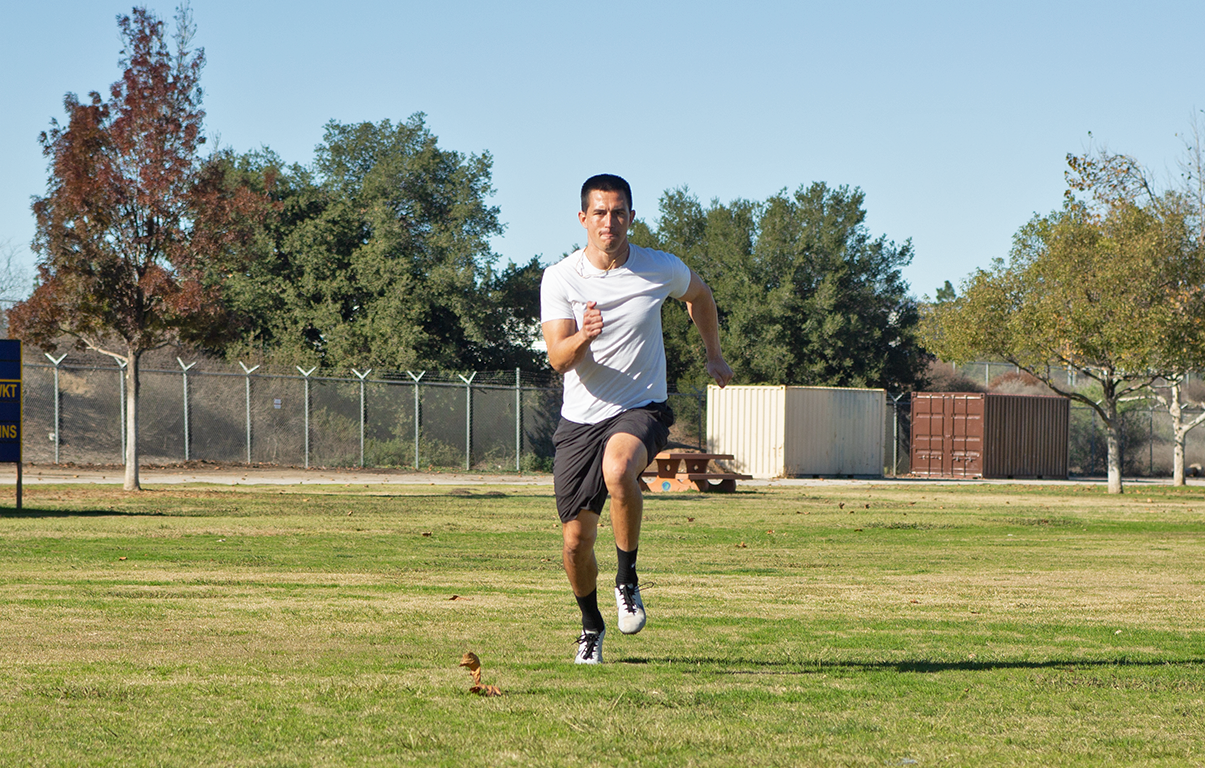 Tempo Runs
Tempo Runs
Agility Drills
Agility drills are a valuable component of speed training. Agility drills enhance an athlete’s ability to change direction quickly and efficiently, which is essential for sports and activities that involve rapid changes in direction, such as soccer, basketball, football, and tennis.
Agility drills often require quick decision-making and mental focus. Developing mental toughness during agility training can help you push through fatigue and discomfort when working on speed endurance. Better agility can help you recover more efficiently during high-speed runs.
Quick changes in direction and movement transitions can simulate the unpredictable demands of racing, making it easier to adapt to varying conditions and maintain speed.
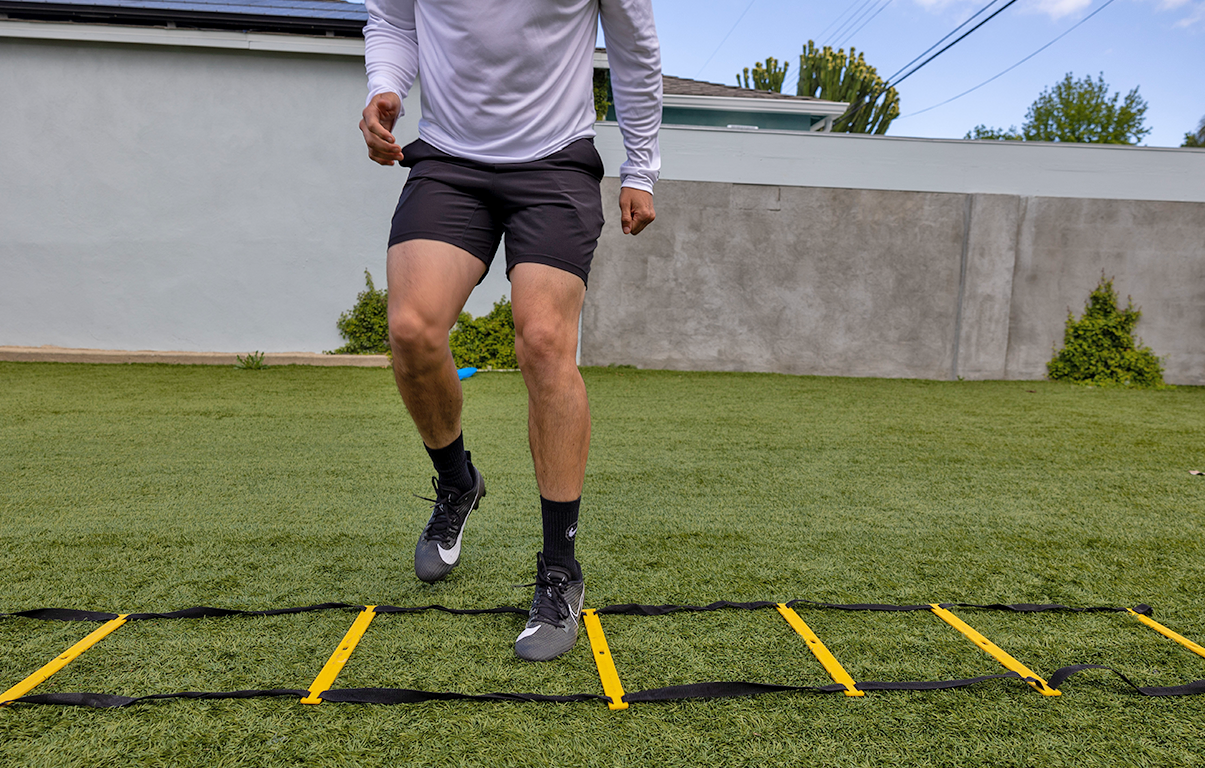 Agility Drills
Agility Drills
Running Drills
Running drills, such as high knees, butt kicks, and A-skips, can improve running form, coordination, and efficiency. These drills help build lower body strength and power, allowing you to generate more force with each stride. Strong leg muscles are essential for pushing off the ground and maintaining speed.
To maximize the benefits of running drills, it’s important to perform them regularly and with proper form. You can include running drills in your warm-up routine before speed workouts or races and as part of your overall training plan.
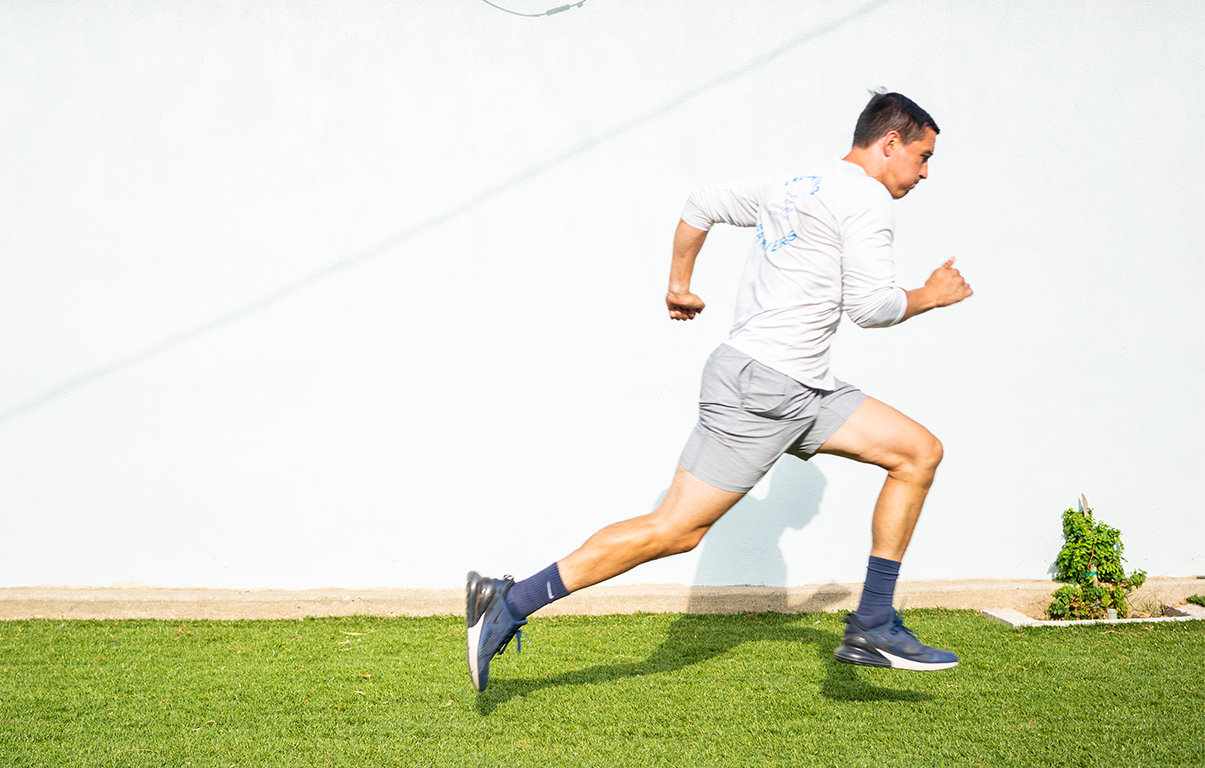 Running Drills
Running Drills
Interval Training
Interval workout includes various forms of high-intensity training, such as running or cycling. For instance, you can do 400-meter (or 800-meter) repeats at a fast pace followed by a rest or slow-paced recovery period. Interval training improves speed endurance and the ability to maintain a fast pace over longer distances.
Intervals of shorter distances are typically used to target specific aspects of speed and fitness level. Interval workouts can be customized by adjusting the distance, intensity, and recovery periods according to the athlete’s needs.
 Interval Training
Interval Training
Wrap Up
Incorporate sprint intervals to boost your explosiveness, hill sprints to strengthen your leg power, and plyometric exercises to enhance your fast-twitch muscle fibers. Don’t forget agility drills for improved quickness and form, and tempo runs to elevate your endurance.
Pair these workouts with strength training for overall power and stability, and running drills to fine-tune your mechanics. Increasing speed means incorporating a combination of speed workouts and training strategies that target different aspects of speed development, including strength, power, technique, and endurance.
Different speed exercises and consistent speed work helps achieve peak performance where you can develop into a more advanced athlete.
Speed Training Program at Performance Lab of California
At Performance Lab of California, we have customized speed training programs customized for each athlete. Whether you’re an athlete looking to dominate on the field or a fitness enthusiast aiming to break personal records, our comprehensive program is designed to take your speed to the next level.
With expert coaching, scientifically proven workouts, and state-of-the-art equipment, you’ll build explosive power, improve running mechanics, and boost endurance.
Stay connected with news and updates!
Join our mailing list to receive the latest news and updates from our team.
Don't worry, your information will not be shared.
We hate SPAM. We will never sell your information, for any reason.

